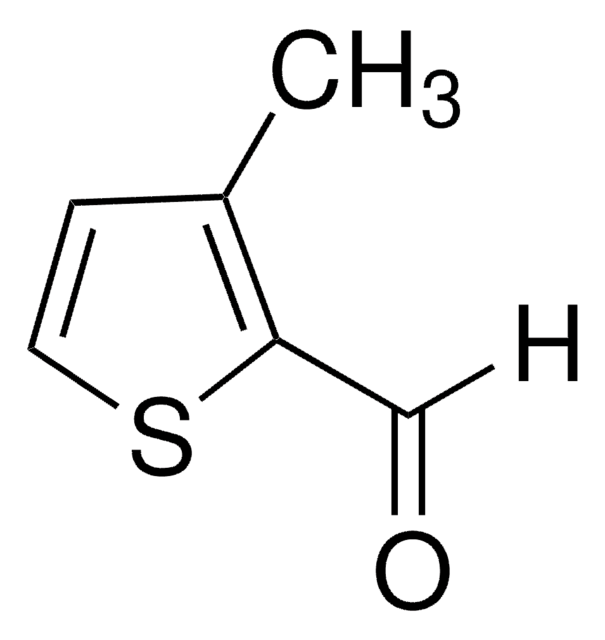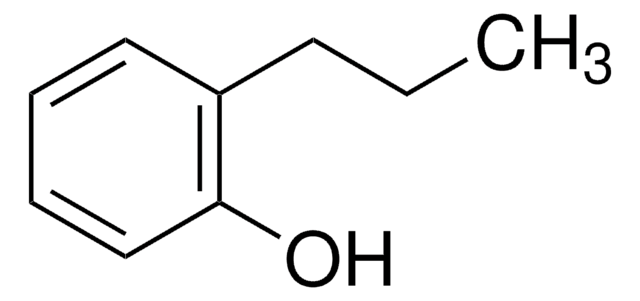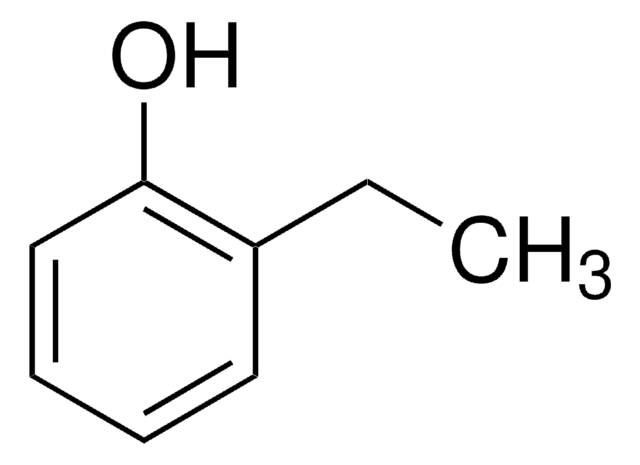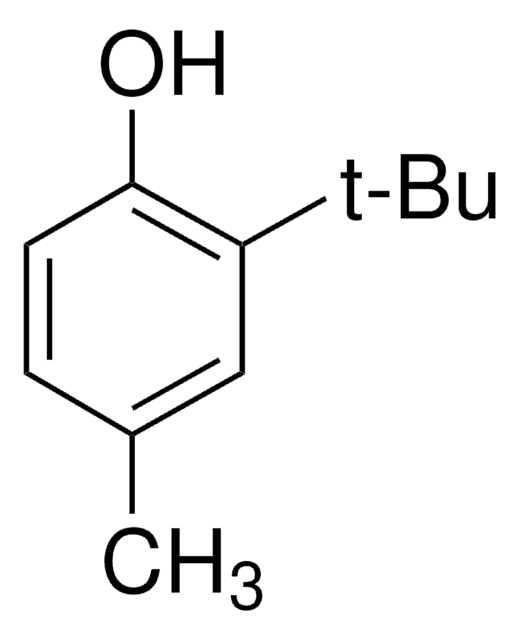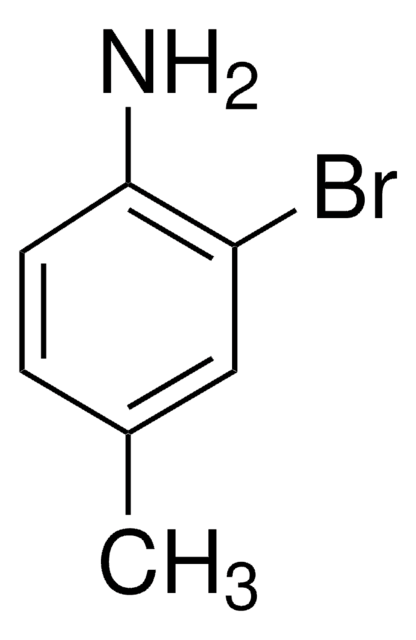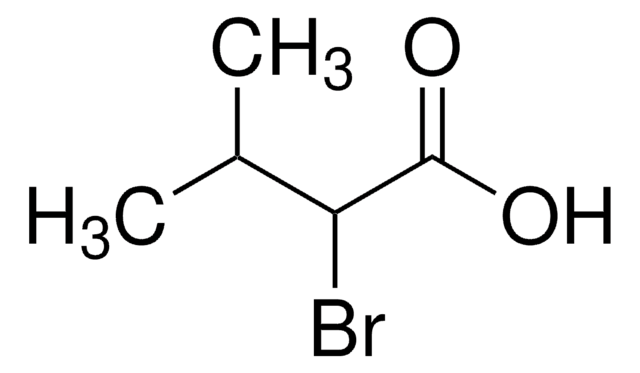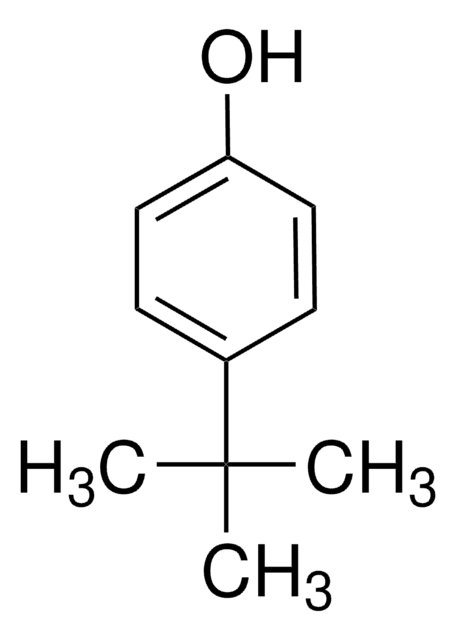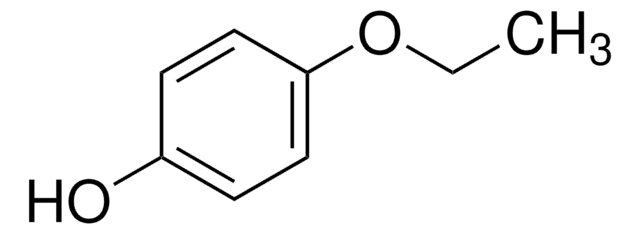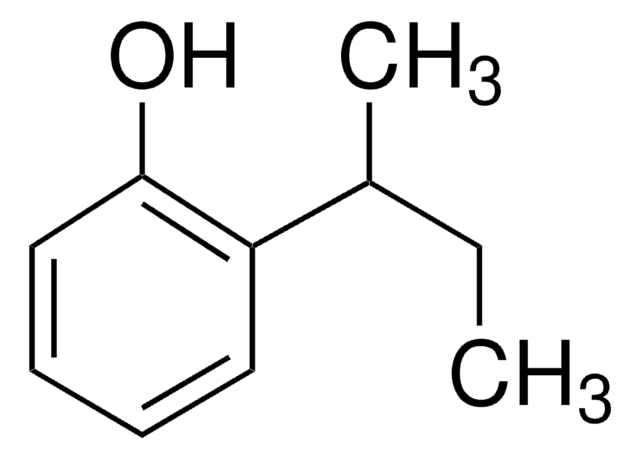175404
4-Isopropylphenol
98%
Sinónimos:
p-Cumenol
About This Item
Productos recomendados
densidad de vapor
>1 (vs air)
Nivel de calidad
Ensayo
98%
Formulario
crystals
bp
212-213 °C (lit.)
mp
59-61 °C (lit.)
cadena SMILES
CC(C)c1ccc(O)cc1
InChI
1S/C9H12O/c1-7(2)8-3-5-9(10)6-4-8/h3-7,10H,1-2H3
Clave InChI
YQUQWHNMBPIWGK-UHFFFAOYSA-N
¿Está buscando productos similares? Visita Guía de comparación de productos
Descripción general
Aplicación
Palabra de señalización
Danger
Frases de peligro
Clasificaciones de peligro
Acute Tox. 4 Dermal - Acute Tox. 4 Inhalation - Acute Tox. 4 Oral - Eye Dam. 1 - Skin Corr. 1B
Código de clase de almacenamiento
8B - Non-combustible corrosive hazardous materials
Clase de riesgo para el agua (WGK)
WGK 3
Punto de inflamabilidad (°F)
230.0 °F - Pensky-Martens closed cup
Punto de inflamabilidad (°C)
110 °C - Pensky-Martens closed cup
Equipo de protección personal
Eyeshields, Faceshields, Gloves, type P3 (EN 143) respirator cartridges
Elija entre una de las versiones más recientes:
¿Ya tiene este producto?
Encuentre la documentación para los productos que ha comprado recientemente en la Biblioteca de documentos.
Los clientes también vieron
Nuestro equipo de científicos tiene experiencia en todas las áreas de investigación: Ciencias de la vida, Ciencia de los materiales, Síntesis química, Cromatografía, Analítica y muchas otras.
Póngase en contacto con el Servicio técnico
